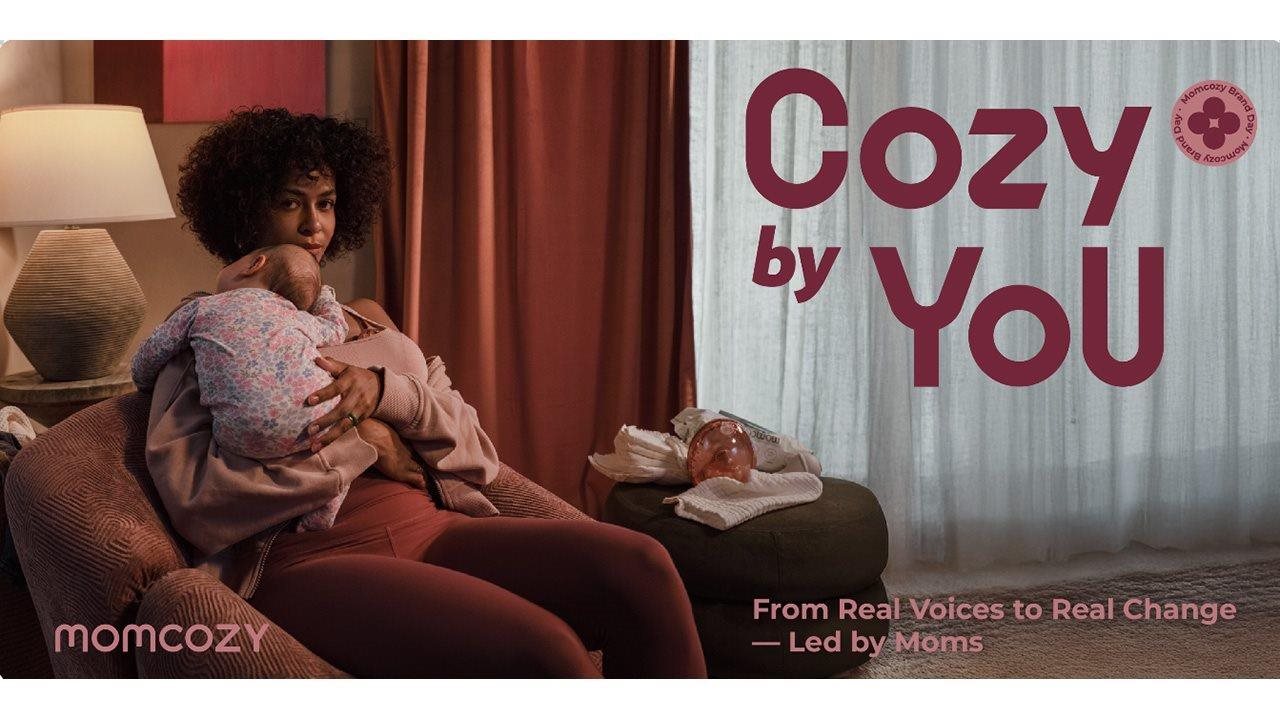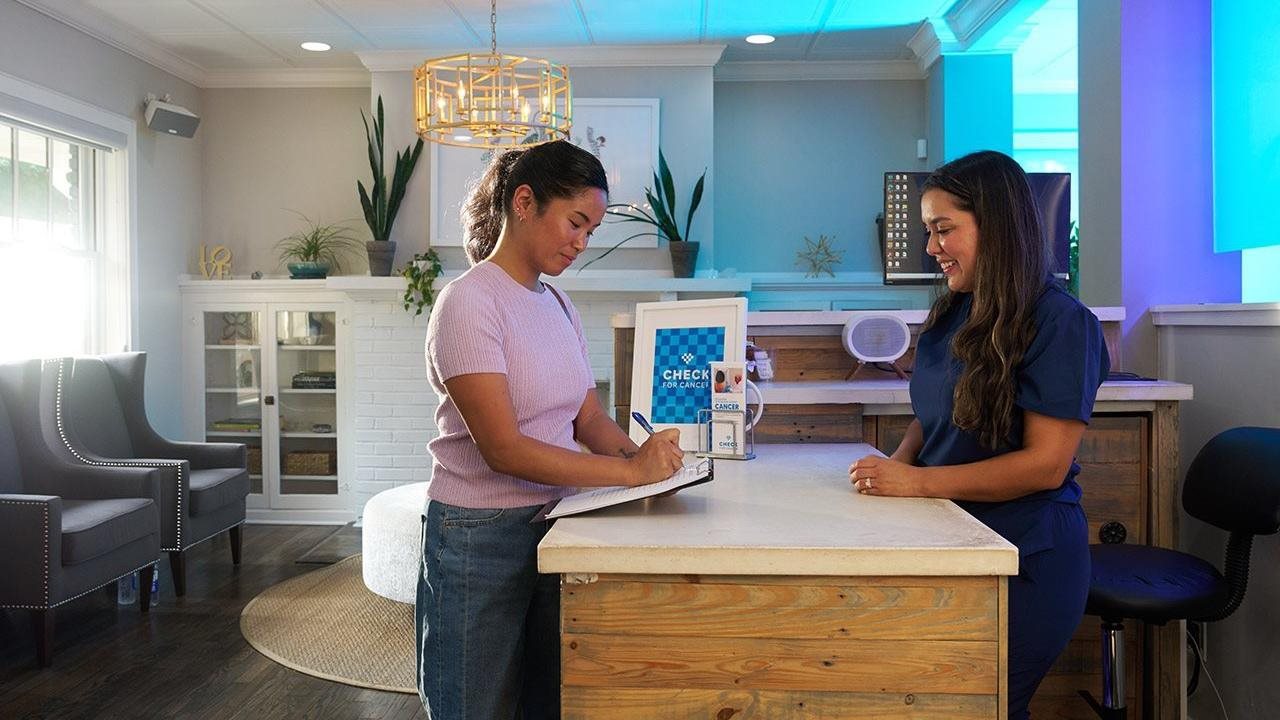2025-09-25T05:01:00
(BPT) – Do your eyes feel dry, irritated or just plain tired? You’re not alone. Nearly 16.4 million Americans struggle with dry eye, a condition that’s more than just a nuisance — it can sting, blur your vision, and make everyday moments like reading, working or enjoying a sunset feel like a challenge, according to the National Eye Institute.
The culprit? Dehydration of the eyes. But the solution isn’t just any eye drop — it’s a breakthrough rooted in decades of scientific research. Meet TheraTears®, a doctor-created eye drop that restores eyes’ natural balance and delivers immediate dry eye symptom relief.
The role of electrolytes: Your eyes’ secret to comfort
You might associate electrolytes with sports drinks, but they’re also the unsung heroes of your natural tears. These vital minerals — sodium, potassium, calcium, magnesium, and bicarbonate — work together to support hydrated and balanced eyes, leaving them feeling nourished and comfortable. Without them, your eyes can’t produce enough tears, or the tears evaporate too quickly, leaving behind a salt imbalance that fuels irritation and dryness.
Think of your tear film as a delicate ecosystem. When it’s out of balance and your eyes lose water, you feel the burn — literally. Restoring balance in your eyes is key to feeling relief.
A visionary discovery by a Harvard-trained pioneer
In the late 1970s, Dr. Jeffrey P. Gilbard, a Harvard-trained ophthalmologist, set out to revolutionize dry eye care. As the youngest scientist to receive a National Eye Institute grant at that time, he spent decades at the prestigious Schepens Eye Research Institute uncovering a game-changing truth: To truly relieve dry eyes, you need to mimic the exact electrolyte balance of healthy human tears.
This discovery led to the development of TheraTears® Dry Eye Therapy, a one-of-a-kind eye drop formulated with OxyLytes™, a proprietary blend of the five vital electrolytes found in natural tears. The formula hydrates and soothes dry eyes, and provides them with long-lasting relief.
Eye drops that stand out
Not all eye drops are created equal. Only TheraTears® delivers all five critical electrolytes in a science-backed formula that mirrors your natural tears. Whether you’re battling screen-induced discomfort, dry environments, or the effects of aging, the brand offers tailored solutions:
- Dry Eye Therapy: Instant hydration for everyday relief
- EXTRA Dry Eye Therapy: Up to 12 hours of hydrating comfort
- Liquid Gel Nighttime Therapy: Long-lasting protection while you sleep, perfect for moderate to more severe dry eye sufferers
Available in preservative-free vials for sensitive eyes or multi-dose bottles, TheraTears® fits seamlessly into your routine. Plus, the brand’s Therapy System — which restores, cleanses, and nourishes with drops, an eyelid cleanser, and an omega-3 supplement — offers a holistic approach to reduce the signs and symptoms of dry eyes and restore eyes’ natural balance.
See the world clearly again
Dry eye relief isn’t just about comfort — it’s about reclaiming the moments that matter. Imagine reading a book, driving at night, or enjoying a crisp fall day without the sting of dry eyes holding you back. With TheraTears® that’s not just a possibility — it’s a science.
You can find these over-the-counter eye drops at major retailers or online at TheraTears.com. Ready to see the difference? Your eyes will thank you.


























